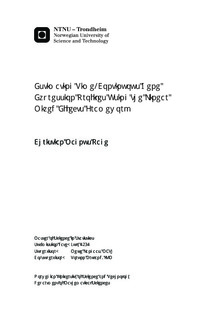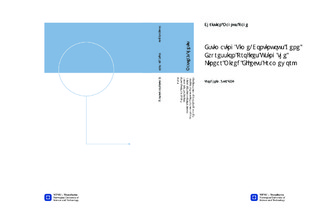| dc.description.abstract | With the first generation of microarray experiments there were discussions and important arguments on how the samples should be treated. This included what kind of transformation and normalization procedures that the data should be subjected to before the actual analysis. With the new generation of microarray experiments, genome wide association studies, and more complicated experiments, new questions and standards arises. An important question is the appropriate use of controls, and what effect these controls have on the assessed behaviour of the genes.The main objective in this thesis was to analyse a data set and experimental procedure from an experiment done at IKM (NTNU, 2009), where the effect of a gastrin treatment was measured on a set of genes along with an unstimulated control sample over a time interval. The experiment was replicated once, giving two independent experiments. A natural extension of this is then; what is the gain in precision by adding additional replicas to the experiment? And what additional information is given in an unstimulated control sample?Our approach was to use the Linear Mixed Effects (LME) framework to fit a regression curve to each gene, for both the treated time series itself, and the treated adjusted for by the unstimulated control sample. Each replication was assumed to have a random offset from the common mean. The mean was modelled using basis expansion with the Legendre polynomials, thus allowing it to vary as a smooth function over the time interval.A computer simulation showed that an increase in the number of independent time series sampled would decrease the error in the estimated expression profile. Even when this causes the number of time points (measurements) within the time series to decrease.The analysis of the data showed that not using an unstimulated control gave many false positive results, however, always using such a control will also cause an increase in both false negative and false positive results, due to increase in stochastisity. However, having an unstimulated control sample will give the researcher an increased control when assessing the effect of the treatment. | nb_NO |

